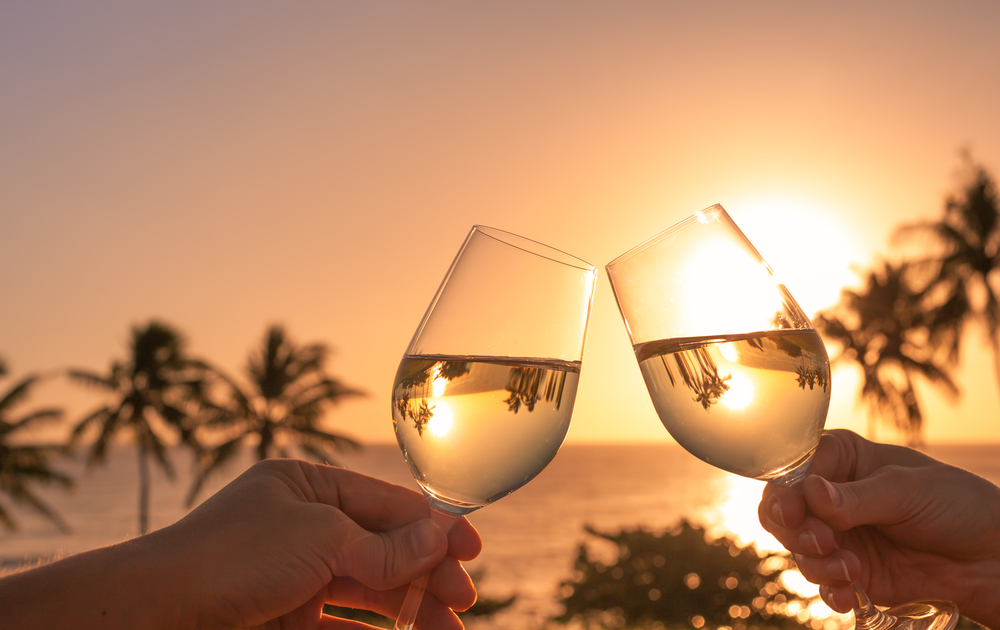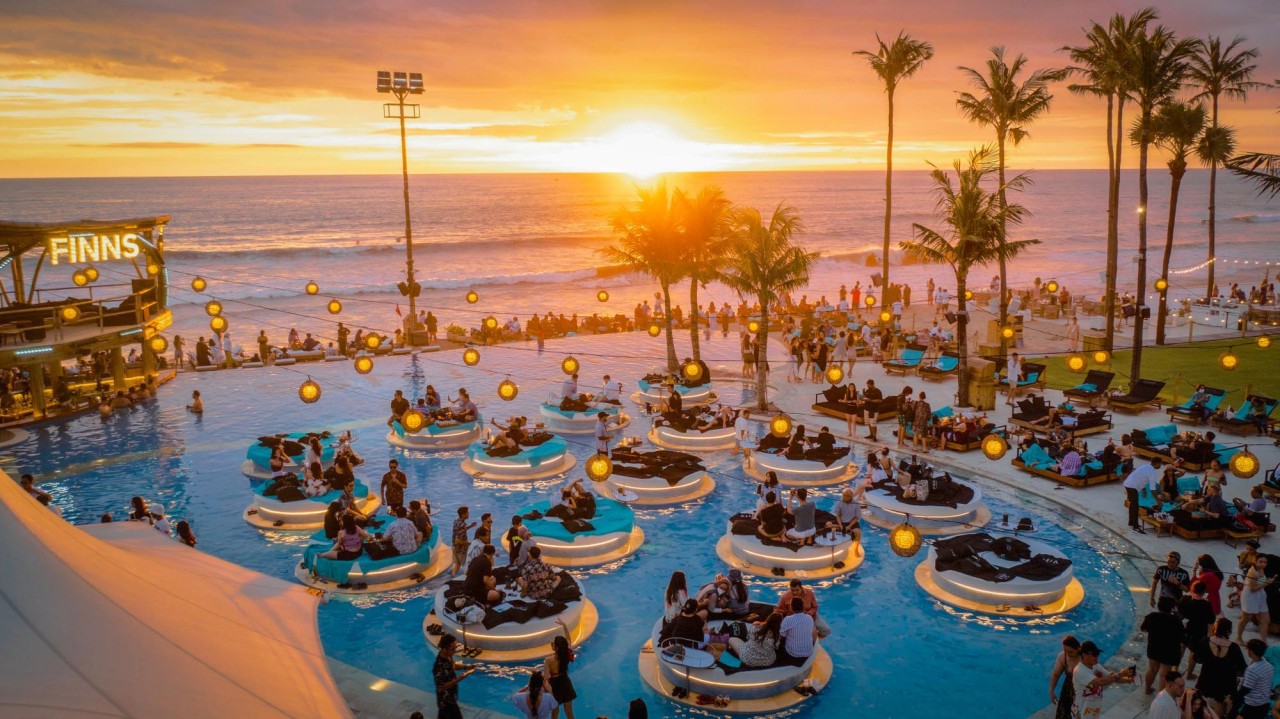Wine is made all over the world these days, even in some of the more unexpected places. From Tasmania to Michigan, here we explore three under the radar wine regions.
Tasmania
Although Tasmania had a vibrant wine industry in the early 1800s, by the end of the 19th century it had all but dried up. But today the industry in Tasmania is making a comeback with more than 100 wineries now and expectations that more will open soon. Pinot Noir, Chardonnay and Riesling are the main grape varieties, and the region is best known for its sparkling wines from vineyards like Jansz, Apogee and Clover Hill. The focus on vineyards here is on high quality over quantity and the vineyards tend to be boutique. Other names to look for include the relatively well-known Penfolds, as well as Dalrymple and Tolpuddle.
Corsica
Wines produced on the Mediterranean island south of Provence are like no other. Like the island itself, the grapes grown here are a somewhat random mix of Italian and French with a view varieties that grow nowhere else. The classic Corsica red grapes are Nielluccio and Sciaccarello and the white Vermentinu. Often low in alcohol and with a very windswept fresh taste, Corsican wines tend to be light and airy. Expect crisp whites, spicy reds and some sweet wines. Although these wines did not used to be exported, today you will find Corsican labels around the world. Look for wines by Yves Leccia, Clos Poggiale, Domaine Alzipratu and Domaine Vetriccie.
Michigan
You likely don’t associate Michigan with wine, but believe it or not, this northern state has an industry dating back to the 1930s, when it was best known for ice wines made from the concord grapes the state is known for growing. Today that is changing and there is more and more variety. More than half of Michigan’s wine gapes grow in the Leelanau Peninsula and Old Mission Peninsula, which are on the same latitude as Bordeaux and Burgundy, France. The state’s absolute best wine growing region however is within a 25 mile radius of Lake Michigan. Here the lake effect protects vines with snow in winter and also slows down bud break in spring, which helps to avoid frost damage. The growing season is also up to four weeks longer here, thanks again to the lake effect. Riesling is Michigan’s tried and true grape (look for producers like Peninsula Cellars, Black Star Farms and Chateau Grand Traverse). Riesling is such a big deal in Traverse City, that it holds a two-day “City of Riesling” festival each July. The event features symposiums with global Riesling producers as well as a consumer tasting called “Night of 100 Rieslings.”



 share
share










































